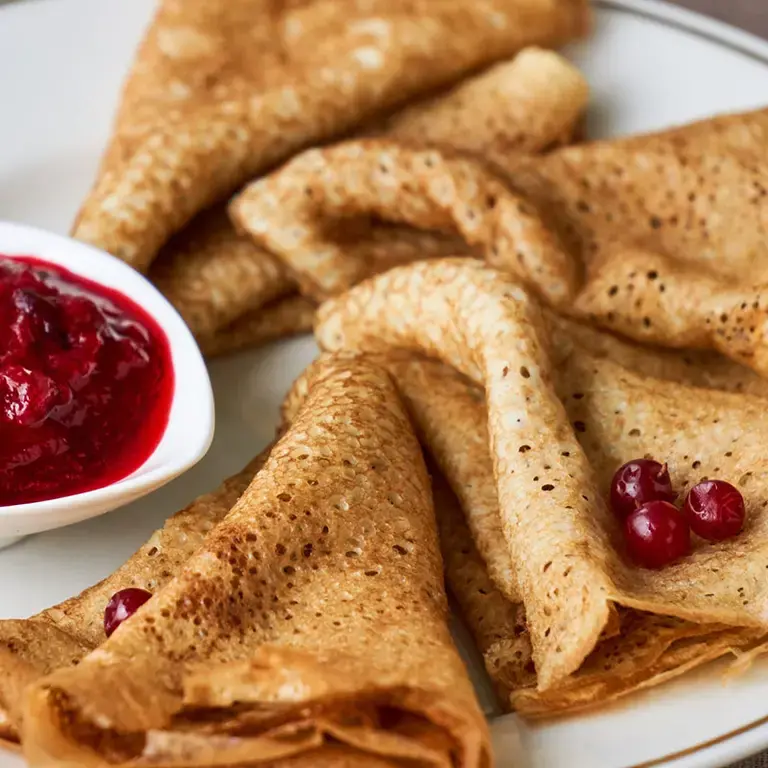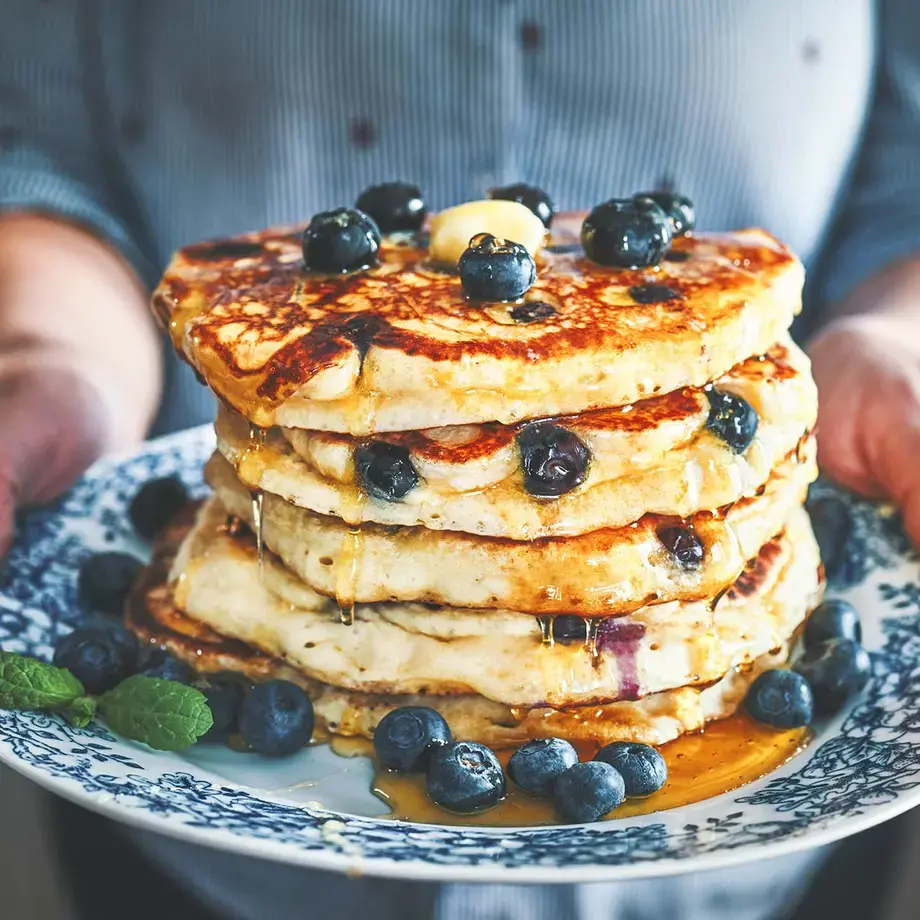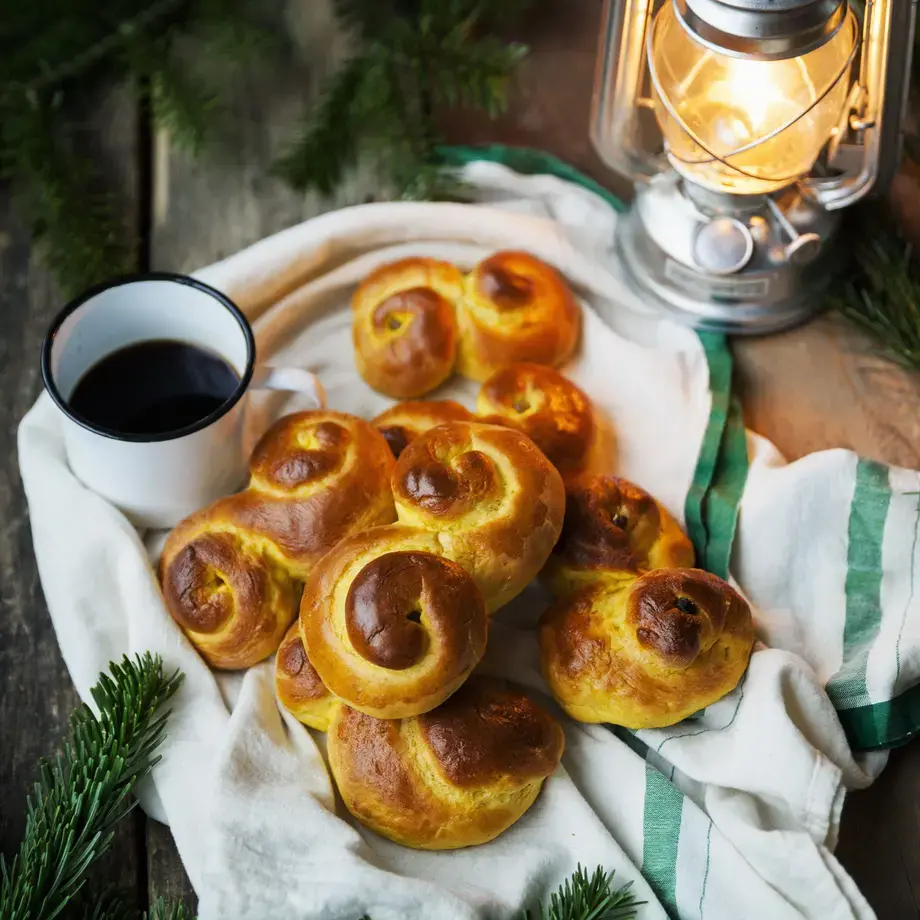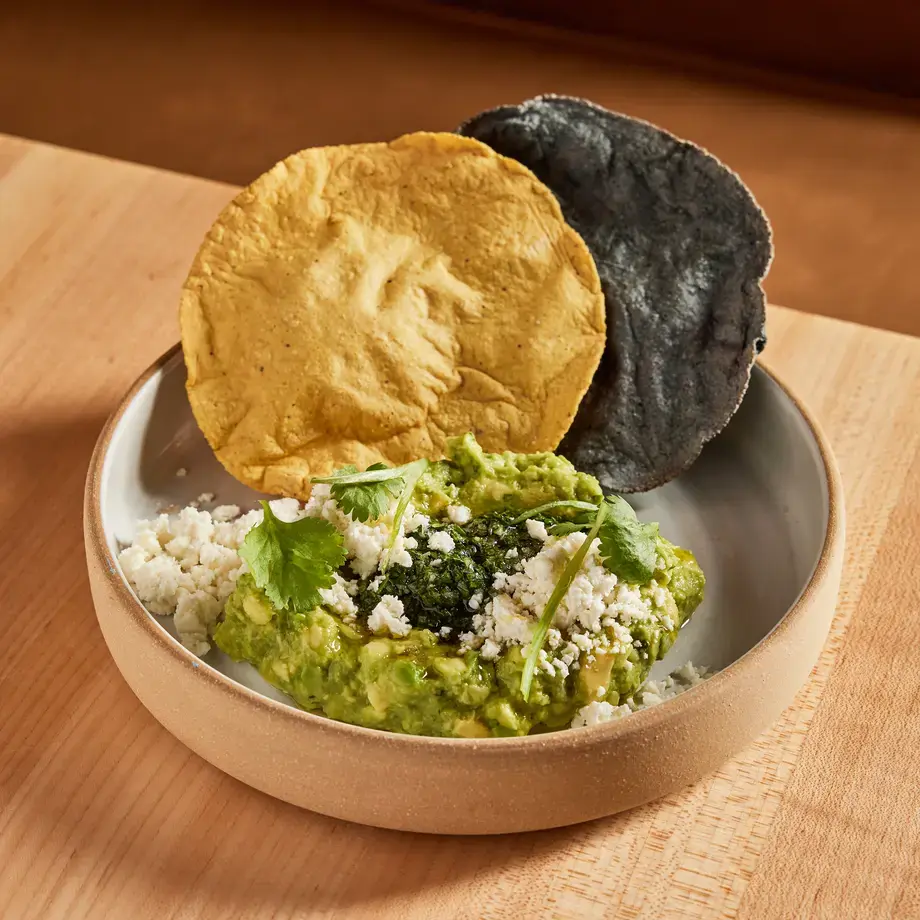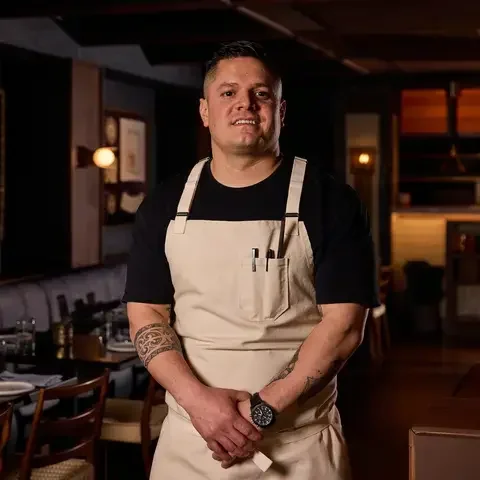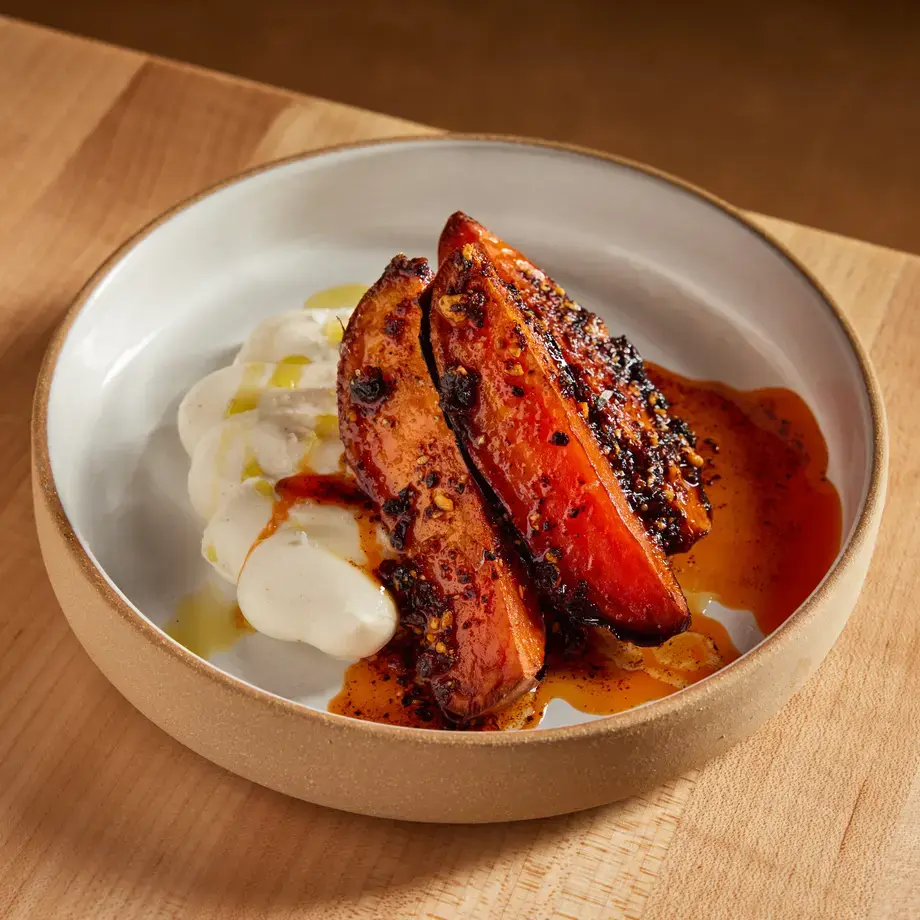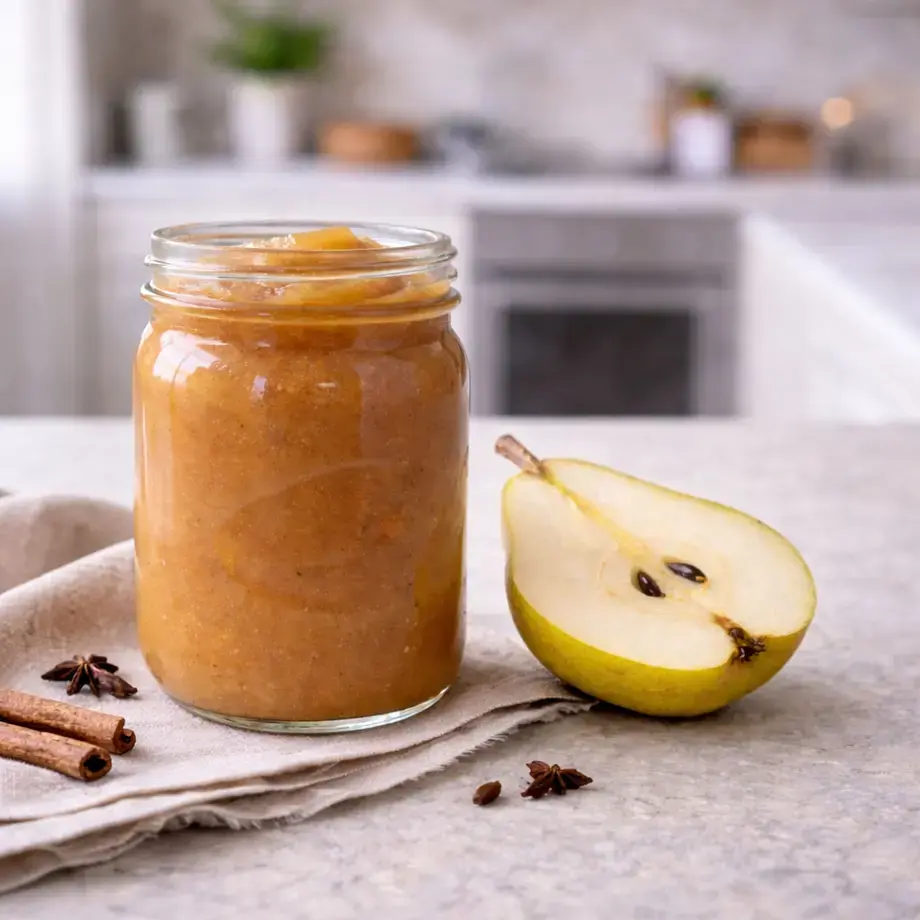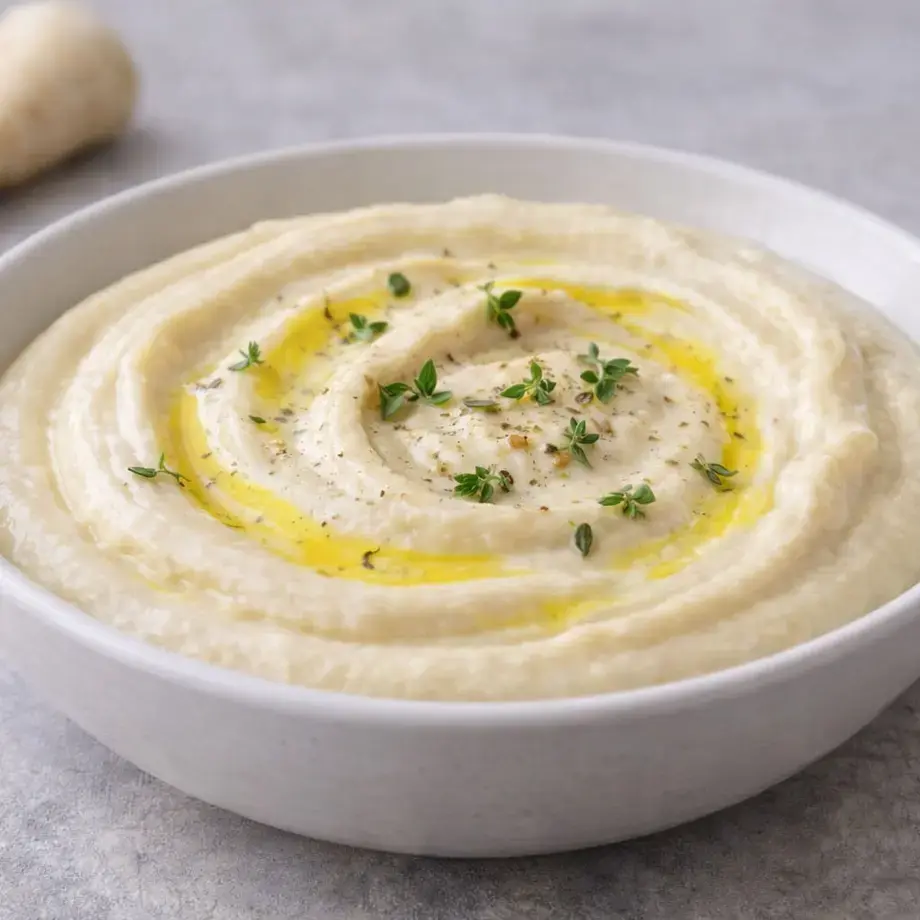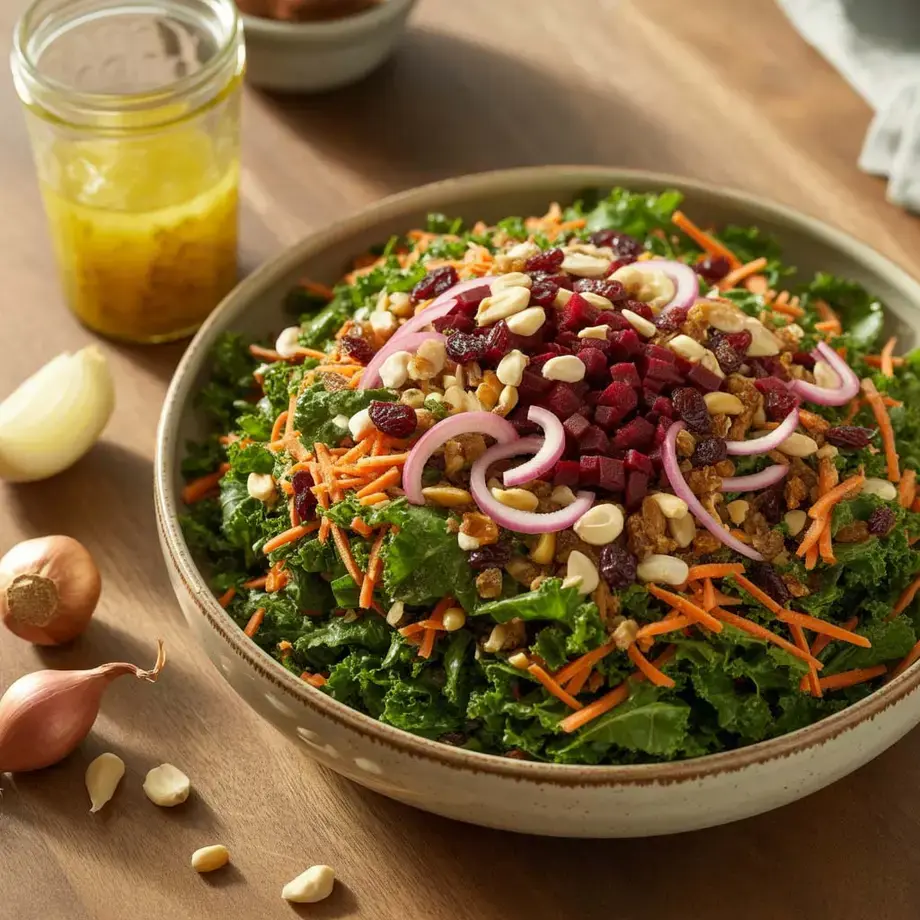After reading the recipe above, you may be wondering what’s the difference between Swedish pancakes and crêpes. In reality, these two pancake dishes are very closely linked and the differences are nuanced. Swedish pancakes tend to be ever so slightly thicker than traditional French crêpes, and usually use a little more flour than crêpe recipes, which affects the final texture. You’ll also generally see them served with different accompaniments. Swedish pancakes are traditionally found alongside jam or sugar, whereas crêpes are commonly served with sweet and savory fillings, depending on the occasion. If all this has piqued your interest in the history of pancakes, you can find out more about the origin of this dish, alongside country interpretations, in our helpful guide.
In the recipe above we’ve shared a method for cooking the pancakes using a traditional frying pan, but many chefs will opt to use a skillet instead. While very similar, a skillet allows for more flexibility when cooking with its smooth flat surface. When trying to flip the pancakes, using a skillet can reduce the amount of pancakes that are lost in the cooking process to rips or breakages.
The tastiest pancakes, whether crêpes or Swedish, all start with a brilliant batter. It’s important to ensure you follow the recipe closely here to achieve the right balance and consistency with the ingredients and take your time to combine them all together smoothly. You can also opt to blend the batter using a food blender, to get a super smooth pancake mix.
The recipe above will create lots of small pancakes for you to enjoy for breakfast or even keep for a snack during the day. If you’d prefer to create a larger pancake, instead of dolloping the batter into the pan, you can simply pour into the pan directly from a pitcher. Try tilting the pan as you do this to allow the batter to spread evenly around the pan and create an even circle shape for your pancake.
How to Serve it
Swedish pancakes are typically served alongside a hearty dollop of jam and a scattering of sugar on top. In our recipe, we’ve suggested plating your pancakes alongside lingonberry sauce or jam for an authentic Swedish taste. Yogurt and whipped cream are also natural pairings for a Swedish pancake, and fit in perfectly alongside sweet jam. The presentation doesn’t have to be excessively formal, they can be quickly layered on a serving plate alongside toppings for guests to help themselves, or individually plated once hot from the pan. You can either roll or quarter-fold the pancakes when serving, to style the dish.
If lingonberry isn’t to your taste, then try blueberry or strawberry jam to introduce more popular and widely-known flavors to your breakfast dish. And for a less traditional approach, you can of course serve these pancakes with a helping of classic chocolate sauce or maple syrup to enjoy a sweet start to the day.
Storage
If you don’t manage to eat all of your pancakes, you can store them for tomorrow’s breakfast. They will keep in the fridge for a few days if stored correctly in an airtight container, with parchment paper between the pancakes to prevent them from sticking together. The pancakes can be easily reheated using a few different methods, from the oven to the microwave to the pan, depending on your preference and how much time you have. It’s also possible to freeze the pancakes and keep them for a couple of months. Similarly to the fridge storage method, it’s best to ensure they’re in an airtight container and separated with parchment paper.
